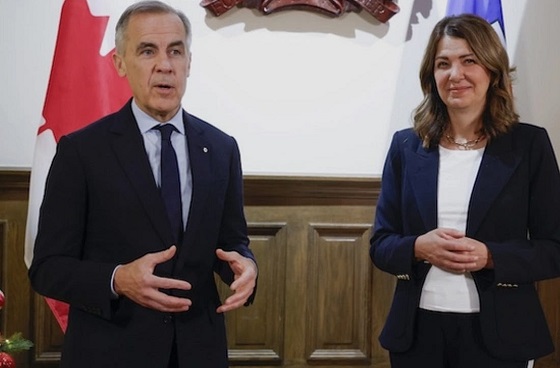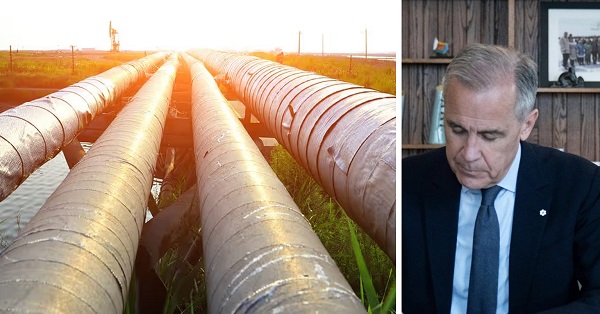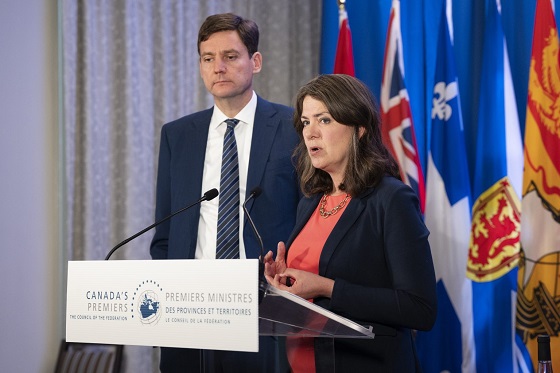Alberta
Province adding 50 permanent ICU beds to bring Alberta’s total to 223

Expanded health capacity to move Alberta forward
Albertans will have more access to critical care beds thanks to a $300-million investment over three years to expand health-care capacity.
Alberta’s government is adding up to 50 permanent, fully staffed intensive care unit (ICU) beds this year alone thanks to a $100-million investment in Budget 2022, an almost 30 per cent increase over current capacity. These beds will expand Alberta’s health-care capacity in order to prevent the system from becoming overwhelmed, a major concern during previous waves of the COVID-19 pandemic.
“One of my top priorities as Minister of Health is to build capacity in Alberta’s health system. While AHS was able to add surge capacity when needed during the pandemic, this is not a sustainable or prudent way to plan for the future. Adding up to 50 ICU beds this year alone, plus other ongoing efforts, will give Albertans better access to the health care they need.”
The new ICU beds will be distributed in all AHS zones across the province, with location details currently being developed. AHS will provide the government with a plan on where the beds are needed and how they will become fully operational.
“Throughout the COVID-19 pandemic, AHS has been able to quickly increase hospital and ICU capacity to meet demand. This is a testament to our incredible health-care workers and a system that is nimble, fluid, and able to evolve to meet the challenge of an ever-changing virus. These additional beds and staffing resources will help us continue to provide the excellent and timely care that all Albertans deserve.”
“Our province needs to have the flexibility to meet our current and future health-care needs and respond to whatever challenges we face. It’s great to hear that my constituents may be able to receive more of their care at home, with Lethbridge as the focus for any new ICU beds added in southern Alberta.”
A Sustainability and Resiliency Action Plan, created to ensure the health system can respond quickly and proactively to future waves of the pandemic or other health emergencies, recommends 21 capacity building actions, with surgical recovery and ICU and acute care baseline capacity the immediate priorities. The plan incorporates leading practice and lessons learned from other Canadian and international health systems.
AHS will now formalize a new baseline ICU bed capacity plan that includes detailed reporting mechanisms, appropriate workforce planning, ramp-up strategies and redeployment plans so front-line staff are able to support other parts of the health system when ICUs are not facing pressures.
A surgical recovery plan that builds on the Alberta Surgical Initiative will be announced soon.
Quick facts
- Prior to COVID-19, Alberta maintained 173 adult general ICU beds in hospitals across the province.
- The new ICU beds are expected to come on stream in the coming months.
- EY was contracted to review details of how Alberta’s health system responded to capacity issues during the pandemic, and to compare the practices and lessons learned from other health systems across Canada and around the world. The subsequent Sustainability and Resiliency Action Plan includes recommendations to ensure the health system has the appropriate capacity to respond to potential future waves of COVID-19 and other health situations.
- The 21 recommended actions in the plan have been developed across six workstreams: workforce; acute, critical care and surgery; primary and community care; governance and decision-making; public health; modelling.
- A comprehensive review of Alberta’s pandemic response is planned.
Alberta
READ IT HERE – Canada-Alberta Memorandum of Understanding – From the Prime Minister’s Office

From Energy Now
Prime Minister of Canada
Alberta
Falling resource revenue fuels Alberta government’s red ink

From the Fraser Institute
By Tegan Hill
According to this week’s fiscal update, amid falling oil prices, the Alberta government will run a projected $6.4 billion budget deficit in 2025/26—higher than the $5.2 billion deficit projected earlier this year and a massive swing from the $8.3 billion surplus recorded in 2024/25.
Overall, that’s a $14.8 billion deterioration in Alberta’s budgetary balance year over year. Resource revenue, including oil and gas royalties, comprises 44.5 per cent of that decline, falling by a projected $6.6 billion.
Albertans shouldn’t be surprised—the good times never last forever. It’s all part of the boom-and-bust cycle where the Alberta government enjoys budget surpluses when resource revenue is high, but inevitably falls back into deficits when resource revenue declines. Indeed, if resource revenue was at the same level as last year, Alberta’s budget would be balanced.
Instead, the Alberta government will return to a period of debt accumulation with projected net debt (total debt minus financial assets) reaching $42.0 billion this fiscal year. That comes with real costs for Albertans in the form of high debt interest payments ($3.0 billion) and potentially higher taxes in the future. That’s why Albertans need a new path forward. The key? Saving during good times to prepare for the bad.
The Smith government has made some strides in this direction by saving a share of budget surpluses, recorded over the last few years, in the Heritage Fund (Alberta’s long-term savings fund). But long-term savings is different than a designated rainy-day account to deal with short-term volatility.
Here’s how it’d work. The provincial government should determine a stable amount of resource revenue to be included in the budget annually. Any resource revenue above that amount would be automatically deposited in the rainy-day account to be withdrawn to support the budget (i.e. maintain that stable amount) in years when resource revenue falls below that set amount.
It wouldn’t be Alberta’s first rainy-day account. Back in 2003, the province established the Alberta Sustainability Fund (ASF), which was intended to operate this way. Unfortunately, it was based in statutory law, which meant the Alberta government could unilaterally change the rules governing the fund. Consequently, by 2007 nearly all resource revenue was used for annual spending. The rainy-day account was eventually drained and eliminated entirely in 2013. This time, the government should make the fund’s rules constitutional, which would make them much more difficult to change or ignore in the future.
According to this week’s fiscal update, the Alberta government’s resource revenue rollercoaster has turned from boom to bust. A rainy-day account would improve predictability and stability in the future by mitigating the impact of volatile resource revenue on the budget.
-

 Alberta4 hours ago
Alberta4 hours agoFrom Underdog to Top Broodmare
-

 Energy1 day ago
Energy1 day agoPoilievre says West Coast Pipeline MOU is no guarantee
-

 Energy1 day ago
Energy1 day agoWill the New West Coast Pipeline MoU Lead to Results? Almost Certainly Not According to AI
-

 Alberta1 day ago
Alberta1 day agoWest Coast Pipeline MOU: A good first step, but project dead on arrival without Eby’s assent
-

 Carbon Tax1 day ago
Carbon Tax1 day agoCanadian energy policies undermine a century of North American integration
-

 Alberta1 day ago
Alberta1 day agoCarney forces Alberta to pay a steep price for the West Coast Pipeline MOU
-

 Alberta1 day ago
Alberta1 day agoAlberta and Ottawa ink landmark energy agreement
-

 Energy16 hours ago
Energy16 hours agoOttawa and Alberta’s “MOU” a step in the right direction—but energy sector still faces high costs and weakened competitiveness



